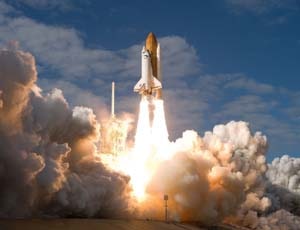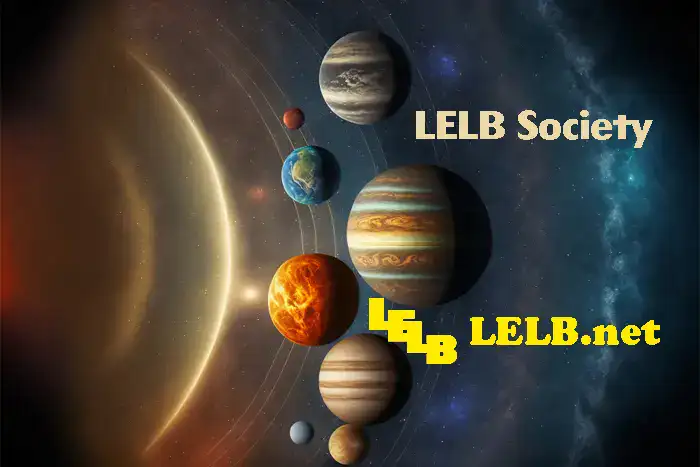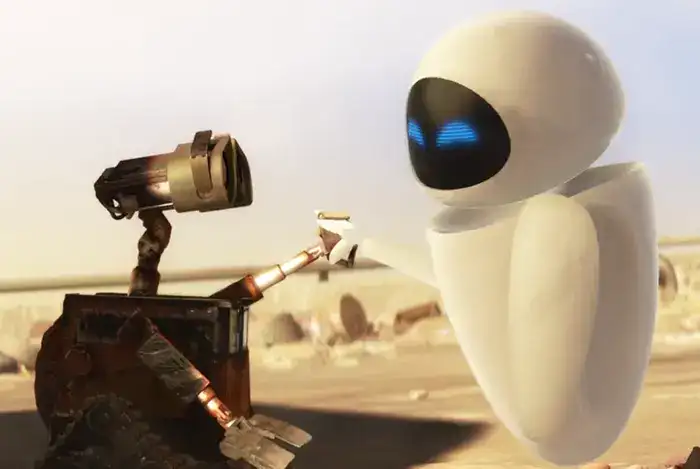English Documentary on Space Rockets with Transcript, illustrated flashcards and podcast to improve your reading and listening comprehension alongside vocabulary for IELTS and TOEFL
Source of documentary: National Geographic YouTube Channel
Rockets are formidable
The ground begins to tremble. Massive engines roar to life, billowing clouds of exhaust, and then blinding pillar of fire. A mighty voyager leaves the Earth behind to explore the vast universe among the stars.
Launching a rocket into space is one of humankind’s crowning achievements. Although they come in many different shapes and sizes, all rockets are propelled by engines that produce thrust.
Rockets mechanism
The rockets that launch into space are made of four major systems based on function. The structural systems makes up the frame that holds the rocket together, and consists of the cylindrical body, nose cone and fins. Next, the propulsion system, takes up the most amount of space and includes the rocket engine, fuel and oxidizer.
The payload systems depends on each mission and consists of anything a rocket is carrying into space, like a spacecraft, satellite or human being. Lastly, the guidance system is made up of radars and computers that provide stability for the rocket and control maneuvers in flight.
Rockets vs. Earth’s gravity
In order to launch into space, all four of these rocket systems must work together to overcome the force of gravity. The launch begins when the rocket’s propulsion system starts to generate a massive amount of thrust. Thrust is the force produced by burning fuel as exhaust gases escape through the engine.
Staging mechanism
Once the rocket generates more thrust than its own weight, it lifts into the air to begin its powered ascent. During this phase of the flight, the weight of the rocket will constantly change as fuel continues to burn off. As a result, most space-bound rockets use a technique called staging to reduce dead weight and increase efficiency.
The method involves breaking off a large rocket into two or three smaller rockets that fall away at different stages of the launch.
As the rocket continues into orbit, its sophisticated guidance system maintains balance and steers to keep the flight trajectory on track. At the correct altitude and speed, the upper stage engine cuts off, completing the rocket journey from Earth’s surface into orbit.
The origin of rockets
Long before blasting into space, rockets were used here on Earth as early as the 13th century. The first known rockets were introduced by the Chinese in 1232 A.D. These fire arrows were used to fight against invading armies and were made by attaching fireworks packed with gunpowder to long arrows.
By the 16th century, the use of rockets for amusement had spread from Asia to Europe where they gained popularity in elaborate firework displays at celebrations and festivities.
Rockets as powerful weapons
During the following centuries, the work of scientists, like Isaac Newton and his Laws of Motion began to greatly increase knowledge into the forces behind rocketry and how to control them. And by the end of the 18th century, military forces around the world began to apply these new scientific understandings to the battlefield, transforming the earlier crude rockets into powerful weapons of war.
Modern space rockets
However, the true dawn of space rocketry began in the early 20th century, thanks to massive technological improvements in rocket science and aeronautics. By the 1950s, the stage was set for the modern space age, and development began on sophisticated launch vehicle systems like the Atlas rocket family, which launched America’s first astronaut into orbit; the Titan rockets, which were behind the pivotal Gemini missions during the Space Race; and the Saturn rocket family, which includes the largest and most powerful rockets ever successfully launched, the Mighty Saturn V.
Standing as high as a 36-story building and weighing more than 3,000 tons, this behemoth was used to launch the Apollo missions to the moon.
Future space rockets
Since the beginning of human history, adventurers have looked at the skies and dreamt of touching the stars. And today, innovations in rocketry are opening up possibilities to launch astronauts farther into space than ever before.
Whether our sights are set on the moon, Mars or beyond, the future of rocketry and space exploration is only just blasting off.




Actually when I was a kid I really liked rokets and liked to ride one of them and go to the moon and get money of nasa and work for him.
NASA is not a person. It’s a company. So, you should say: work for it. By the way, I wonder if you’ve changed your mind about becoming an astronaut.
The humans’ improvement in technology and rocketry in such a short amount of time is remarkable and yet concerning. I wonder where are we gonna be in the next 100 years in space knowledge and technology.
Feedback
* The humans’ improvement = Human’s advancement
* I wonder where are we gonna be = I wonder where we will be (the structure of noun clause) + be going to is used to show clear intentions, while in your sentence, we’re not sure what will happen.